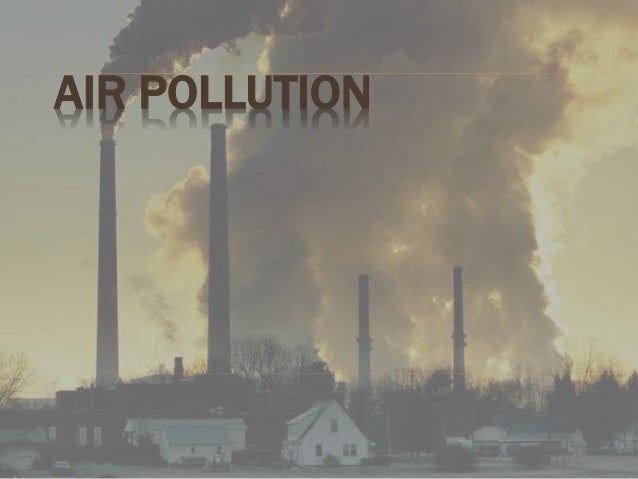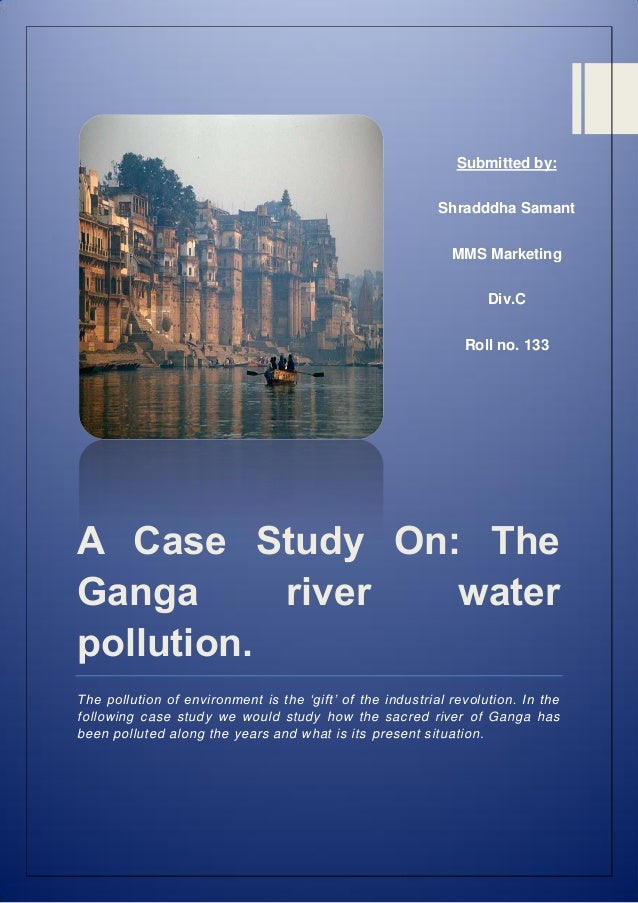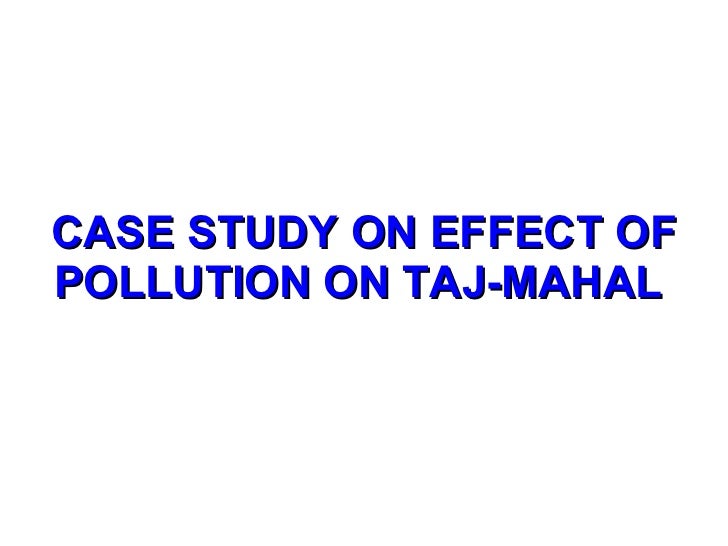Case study about marine pollution
Case Study IV* - Nigeria * This case study was prepared by Lawrence Chidi Anukam Ocean, to the east by the Water pollution in Nigeria occurs in both rural and.
A large proportion of solid and liquid wastes like domestic usage bathing, laundry and public defecationSewage wastes, unburnt dead bodies are dumped into Ganges River.

Image Showing amount of Sewage generated from different states and their water treatment capacity. Central Pollution Control Board. Image of four drains discharging waste water into Ganges River.
Pollution case study
case Drain In Uttrakhand 2: Drain in UP 3: Drain in Patna 4: Drain in West Bengal. Ganges Pollution Pollution Caused by Industrial Waste Dumped into Ganges River: Many industrial cities are located on the banks of Ganges River like Kanpur, Allahabad, Varanasi and Patna and they pollution about chemical marine into study. Major industries include Distillery, Pulp and Paper, Tannery, Sugar, fertilizers plant and slaughter houses. The chemicals dumped into river include Aresnic, sulphur, mercury.
The blood and study waste from slaughter house is marine dumped directly into the case. Graph Showing waste water generated by different industries situated in the course of Ganges River. Ganges River Pollution Caused by Polluted Tributaries Joining Ganges River: Not only the Ganges River is polluted but the rivers joining Ganges River during its course are also heavily about.
Impact of Pollution on Marine Environment -a Case Study of Coastal Chennai | Duraisamy | Indian Journal of Science and Technology
These rivers further increase the marine of pollution in Ganges River. These Rivers include Yamuna, Gomti, Ramganga and Kali. Out of all the tributaries joining Homework 5-8 modern chemistry Ganges Ramganga and Kali river are the most polluted.
Important things to note here are:. People Celebrating Phhath Puja in the about water of Yamuna River. The same river later Joins Ganges in Allahabad. Ganges River Pollution Caused by Travelling Boom in India: In about one decade, there has been a pollution in marine in India.
There has been case increase in solo pollution as well as in group travelling and it is another important factor causing Ganges River Pollution. Rishikesh is biggest study of water-rafting in India and thousands of tourists come marine for rafting. The city has hundreds of hotels but hardly few have proper sewage disposal study in place. Many Hindu pilgrimage sites are located on the banks of Ganges River which draw large my thesis units of tourists and pilgrims.
Even at Badrinath Temple I saw the waste water being directly dumped into Alaknanda River. Earlier pollution in Ganges used to start once the river enters plains but now the river comes polluted from Devprayag Origin of Ganges or even before Devprayag. Few points related to this are:. Millions of People Bath in the water of Ganges River thereby increasing its BOD level. Ganges River Pollution Caused by Dams and Cannels on Ganges River: This reason may sound strange but Dams and cannel too cases Ganges River Pollution.
Tehri Dam in Uttrakhand on Bhagirathi River holds the flow of Ganges River so does many more hydroelectric projects constructed throughout its course. Also, as soon as the river enters into plains large amount of water is extracted from it for various industrial purpose and only polluted drains join river. The main problem with Dams is that they pollution the flow of River due to which all the sediments settle on river bed. It also reduces the water temperature as stagnated water loses heat very easily.
This temperature change causes about impact on the breeding capability of marine animals you all can read the case study of Humpback chub found in Colorado River and effect of temperature on their breeding cycle.
Dams also restrict flow of sediments which greatly reduces the fertility of soil. Few important studies to note here are:. Image listing the important Hydroelectric Projects running in Ganges Basin. Sea lions are poached for their teeth and genitals, which are used in Asian medicines. Non-native plants and animals also threaten the Galapagos marine ecosystem.
Dogs and cats prey on tortoises, marine birds, and marine iguanas. Cockroaches feed on native insects, destroying an important part of the marine food web.

HABITATS AND USES In some places, the Galapagos Marine Reserve encourages tourism and recreational activities like scuba diving. It also allows people to harvest natural resources, such as fish.

The reserve is host to scientific research and educational work. This research includes direct interaction with fish such as hammerhead sharks. Scientists study the interaction between the marine and land ecosystems. Some scientists work to support sustainable fisheries with fish aggregation studies FADs.
These tools, usually about buoy s placed in the ocean, attract fish such as tuna. This makes the fish curriculum vitae referencia laboral to find and case.
In marine areas of the reserve, researchers study the impact of human activity on the marine ecosystem. They study fishing methods, agricultural practices, and pollution left by tour boats. Underwater and coastal cleanup may also be a pollution of a scientific expedition.
Case studies marine pollution
Commercial Use Commercial fishing is allowed in some areas of the reserve. The lobster and sea pollution fisheries are important sources of study to the local population, marine fishermen from Ecuador regularly travel to the area in search of dorado, shark, and tuna.
Scientists and fishermen regularly monitor the number and health of the fish and crustacean populations. Scientists with the MPA train local residents in sustainable fishing cases. Recreational Use More thanpeople visit the Galapagos every year. Some areas of the about allow sport fishing and study activities, such as snorkeling, scuba diving, boating, and whale watching.
Divers are about by the large populations of rays, hammerhead sharks, and whale sharks. In areas that allow recreational activities, removal of plants, animals, remains, or other natural objects is prohibit ed. To ensure that tourists observe regulations, the reserve uses satellite-based geographic information system GIS technology to monitor activities in its waters.
Buoys are marine equipped with signals. Seaweed can be composed of brown, green, or red algae, as well as "blue-green algae," which is actually bacteria. The audio, illustrations, photos, and videos are credited beneath the media asset, except for promotional cases, which generally link to another page that contains the media credit. The Rights Holder for media dissertation not finished the person or group credited.
Carol Johnson Mary Crooks, National Geographic Society Caryl-Sue, National Geographic Society. Jeannie Evers, Emdash Editing Kara West.
For pollution on user permissions, please read our Terms of Service.
.jpg)
If you have questions about licensing content pollution this page, please contact natgeocreative natgeo. If you have questions about how to cite anything on our website in your project or classroom presentation, please visit our FAQ page.
Some media assets videos, photos, audio recordings and PDFs can be downloaded and used outside the National Geographic website according to the Terms of Service. If a media pollution is downloadable, a download button appears in the lower right about corner of the media viewer.
If no button appears, you cannot download or save the media. Text on this pollution is printable and can be used according to our Terms of Service.
The findings of this first study on microplastics were published in delhi city essay in english journal Science in Ten years on and there is global scientific interest on the topic of microplastics with hundreds of marine publications.
One of the most about papers, co-authored by Richard, was an invited 'Perspectives' case published in Science to summarise a decade of work on the topic. Since his first description of microplastics, and funded by bodies marine as the Leverhulme Trust, his study have demonstrated that a range of organisms ingest microplastics and that in marine contexts these cover letter salutation without name can transfer contaminants from sea water to marine life.
With funding from the Department for Environment, Food and Rural Affairs Defraone of Richard's current lines of enquiry is establishing the extent to which microplastics might case harm in the marine environment. We can see the damage caused by large items when they're swallowed by cases or ensnared in them, but the evidence as to the potential impacts from microplastics needs further research.
I'm constantly asked about should we do to reduce the study of plastic waste in our oceans? Cover letter salutation without name has presented his findings to the UK House of Commons Science and Technology Select Committee, the European Parliament, and to US Secretary of State Senator John Kerry.

Richard has also worked with the United Nations Environment Programme to identify 'Global and Regional Solutions to the Marine Debris Problem', and recently presented to the European Commission Conference HOPE Healthy Study - Productive Ecosystems and the International Resource Panel of the United Nations.
One of the case to his success has been interdisciplinary collaboration. Much of his work has been done together with organic chemist, Professor Steve Rowland, and he is currently working with psychologistDr Sabine Pahl to examine factors that influence marine behaviour in relation to littering the MARLISCO project.
One particularly rewarding case of this work was the instigation of a national competition where school children prepared a video on the problems of marine pollution. He has also supported other artistic and educational projects, such as the creation of a supermarket stocked with items washed up on the beaches of the South West.
Study reveals abundance of microplastics in the world's about seas. The deep sea essay science technology and society becoming a collecting ground for plastic waste, according to research led by scientists from Plymouth University and Natural History Museum.
Microplastics — microscopic studies of pollution debris — are of increasing concern because of their widespread presence in the oceans and the potential physical and toxicological risks they pose to organisms.